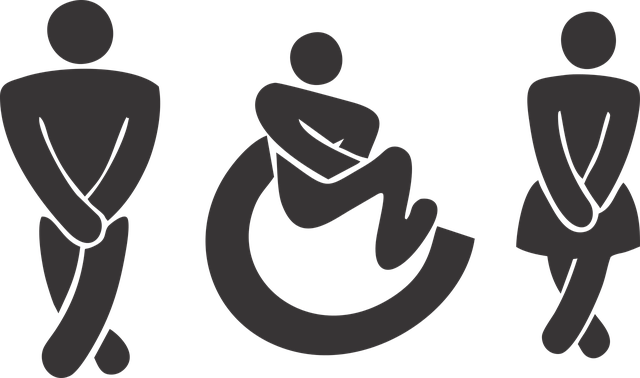Maintaining clean and healthy bathroom tiles is crucial for hygiene, aesthetics, and air quality. Regular cleaning prevents dirt, stains, and mold buildup, preserving your bathroom's beauty and value. Different tile materials like ceramic, porcelain, and natural stone require specific care due to their unique properties. The right tools, protective gear, and suitable cleaners are essential. DIY methods with household items or professional services offer various solutions based on time, budget, and desired results. Natural, chemical-free alternatives are gaining popularity for health and environmental reasons. A simple, step-by-step cleaning process using warm water, mild detergent, and a soft brush ensures effectiveness. Regular sealing and pH-neutral cleaners further protect tiles from damage and staining, reducing future maintenance needs. Consistent sweeping, mopping, and tile-specific cleaners maintain a pristine bathroom with minimal effort.
In the pursuit of a hygienically clean and aesthetically pleasing bathroom, proper tile cleaning is paramount. This comprehensive guide delves into the intricacies of maintaining your bathroom tiles, addressing everything from understanding the significance of regular cleaning to exploring diverse cleaning methods. We dissect the unique care needs of various tile types, equip you with essential tools, and offer insights on DIY versus professional cleaners. Additionally, natural solutions and step-by-step cleaning techniques ensure a sparkling bathroom.
Understanding the Importance of Regular Cleaning

Regular cleaning of bathroom tiles is an essential part of maintaining a hygienic and visually appealing space. Bathrooms, with their frequent exposure to moisture and various substances like soap, shampoo, and minerals from hard water, are prone to the accumulation of dirt, stains, and mold. Effective bathroom tile cleaning not only prevents these issues but also prolongs the lifespan of your tiles, ensuring they remain in top condition for years to come.
Ignoring regular cleaning can lead to a buildup of grime that not only impairs the aesthetics of your bathroom but also creates an unhealthy environment. Mold and mildew thrive in damp areas, and if left unchecked, they can cause respiratory issues and allergic reactions. By incorporating a consistent cleaning routine, you protect your family’s health and well-being while also preserving the beauty and value of your bathroom.
Types of Bathroom Tile and Their Unique Care Needs
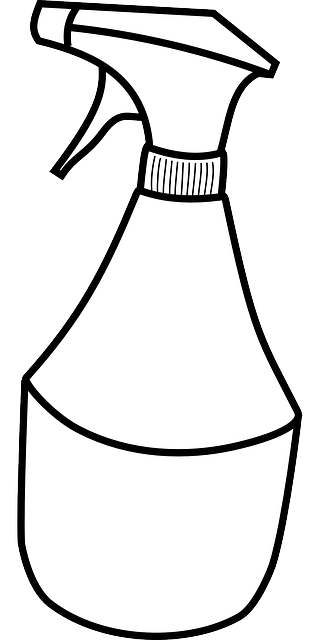
Bathroom tiles come in a vast array of materials, designs, and textures, each with its own unique properties and care requirements when it comes to cleaning. Ceramic tiles, for instance, are popular for their durability and water-resistance but may require more frequent scrubbing due to surface imperfections that can trap dirt and stains. Porcelain tiles, known for their strength and low porosity, are easier to maintain as they repel liquids and don’t absorb moisture or stains easily.
Natural stone tiles, such as marble or granite, offer a stunning aesthetic but demand special attention. These materials are porous and susceptible to water damage and staining. Regular sealing and deep cleaning with pH-neutral cleaners are essential to preserve their beauty and longevity. Additionally, specialty cleaners designed for specific tile types can ensure that each bathroom tile surface is cleaned effectively, preserving the material’s integrity and enhancing its visual appeal.
Essential Tools for Effective Tile Cleaning
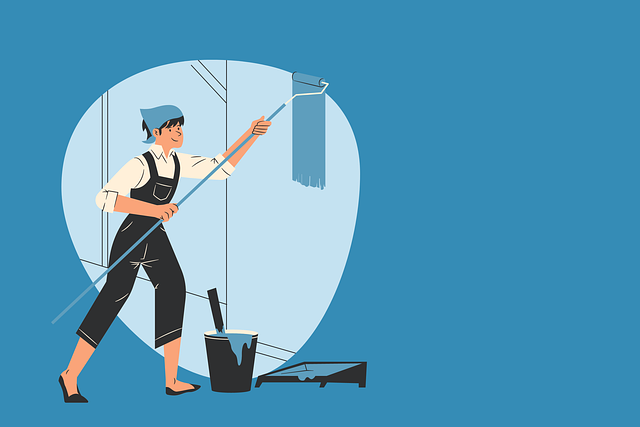
When it comes to effective bathroom tile cleaning, having the right tools is half the battle won. First on your list should be a good quality vacuum cleaner with a special attachment for tiles and grout. This will help remove not just surface dirt but also embedded debris and dust from hard-to-reach spaces between tiles. Additionally, invest in a robust tile scrubber or brush designed to handle bathroom surfaces. These tools often come with non-scratch bristles and a long handle for better reach and maneuverability.
Don’t forget the importance of protective gear, such as gloves and a mask. This is not only for your safety but also to prevent skin irritation from harsh cleaning chemicals. Having a good supply of tile-safe cleaners, like acid-free grout cleaners and pH-balanced tile washes, will ensure thorough cleaning without damaging your bathroom tiles over time.
DIY vs. Professional Cleaners: Which is Right for You?
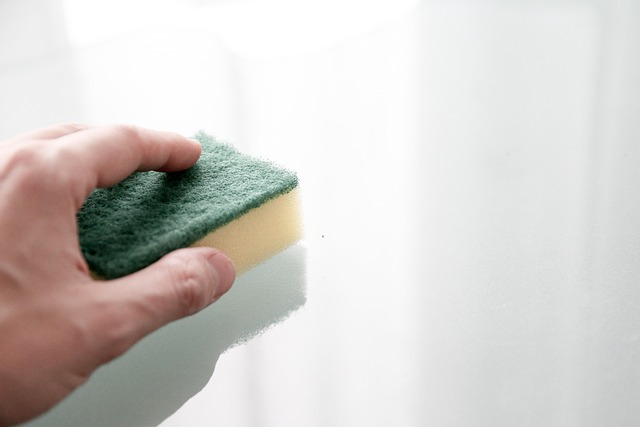
When it comes to cleaning your bathroom tiles, you have two main options: DIY methods or hiring professional cleaners. Choosing between the two depends on various factors. If you’re looking for a quick, cost-effective solution and feel comfortable handling cleaning products, tackling the task yourself can be satisfying. DIY bathroom tile cleaning often involves using household items like vinegar and baking soda, which are gentle yet effective at removing dirt and grime.
On the other hand, professional cleaners offer specialized equipment and expertise. They have access to powerful yet safe cleaning agents designed specifically for ceramic and porcelain tiles. Hiring pros is ideal if you’re short on time or have a particularly challenging tile job. While it may cost more upfront, professionals can provide spotless results, ensuring your bathroom looks brand new. They also carry insurance, providing peace of mind in case of any damage during the cleaning process, which is especially important for maintaining the value of your property.
Natural and Chemical-Free Cleaning Solutions

When it comes to cleaning bathroom tiles, many homeowners are turning to natural and chemical-free solutions for a safer and more eco-friendly approach. Traditional tile cleaners often contain harsh chemicals that can be detrimental to both your health and the environment. Fortunately, there are now numerous alternatives available that utilize plant-based ingredients and essential oils, offering effective bathroom tile cleaning without the negative side effects.
These natural cleaners not only reduce exposure to toxic substances but also contribute to a healthier living space. Many people prefer these solutions for their gentle yet powerful cleaning properties. They can easily tackle dirt, grime, and even tough stains on bathroom tiles while leaving behind a fresh, pleasant aroma. By opting for chemical-free options, you’re making a conscious choice to protect your family, the planet, and enjoy a more sustainable routine for effective bathroom tile cleaning.
Step-by-Step Guide to Deep Cleaning Your Bathroom Tiles
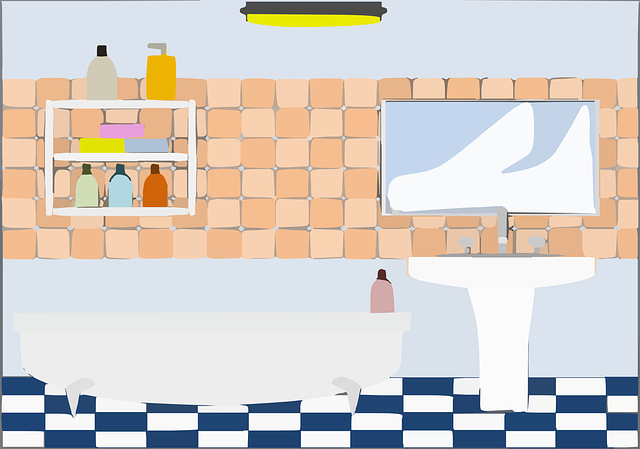
Deep cleaning your bathroom tiles doesn’t have to be a daunting task. Follow this step-by-step guide for a sparkling, germ-free space:
1. Prepare Your Supplies: Gather warm water, a mild detergent or bathroom tile cleaner, a soft brush or sponge, a microfiber cloth, and a vacuum with a brush attachment. Don’t forget protective gloves to keep your hands clean.
2. Vacuum and Scrub: Start by vacuuming the tiles using the brush attachment to remove any loose dirt, hair, and grime. For tough stains, use a slightly damp soft brush or sponge to gently scrub away residue. Always work from corner to center to avoid spreading dirt across already cleaned areas.
Preventing Stains and Maintaining a Sparkling Bathroom
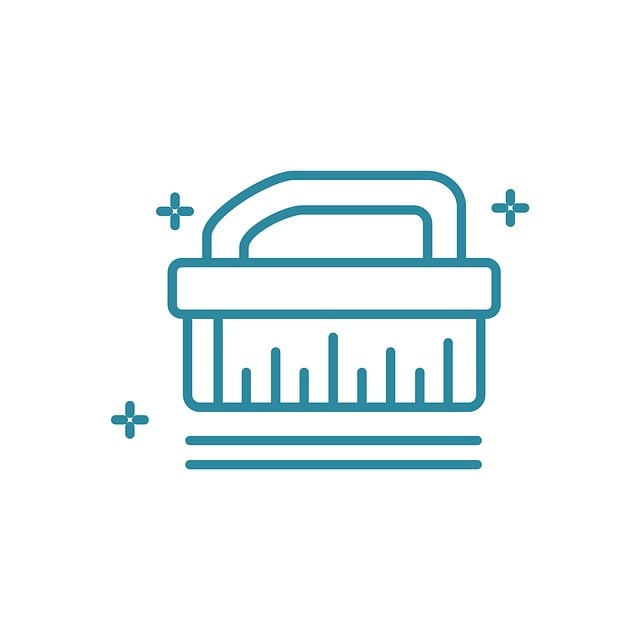
Regular cleaning is key to preventing stains and maintaining a sparkling bathroom. Start by using a mild, pH-neutral cleaner to address daily buildup from soap scum, mineral deposits, and humidity. This approach ensures that your bathroom tiles stay in pristine condition while avoiding harsh chemicals that can damage the surface over time.
Additionally, sealing your tiles after deep cleaning can significantly reduce future staining. A good quality sealer creates a protective barrier, making it easier to wipe away dirt and moisture before they leave behind stubborn marks. By combining regular cleaning with proper sealing, you’ll enjoy a clean, fresh bathroom that requires less maintenance over the long term.
Tips for Keeping Your Tile Cleaner Longer
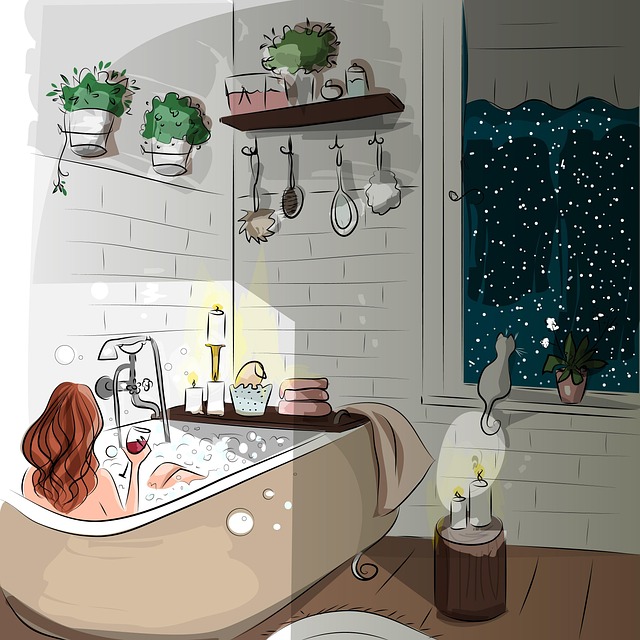
Keeping your bathroom tiles clean can be a challenge, but with some simple tips, you can extend the life of your tile cleaning efforts. Regular maintenance is key; sweeping and mopping frequently will prevent dirt and grime from setting in. Use a floor mop designed for bathroom tiles to ensure you remove moisture effectively, preventing water damage and stains.
Additionally, investing in a good quality tile cleaner suitable for your type of tile can make all the difference. Follow the manufacturer’s instructions for the best results, and remember to use it sparingly. Overuse can damage delicate tiles, so a little goes a long way. Protect your tiles further by sealing them with a water-repellent product designed for bathrooms, which will create a barrier against moisture and stains.
